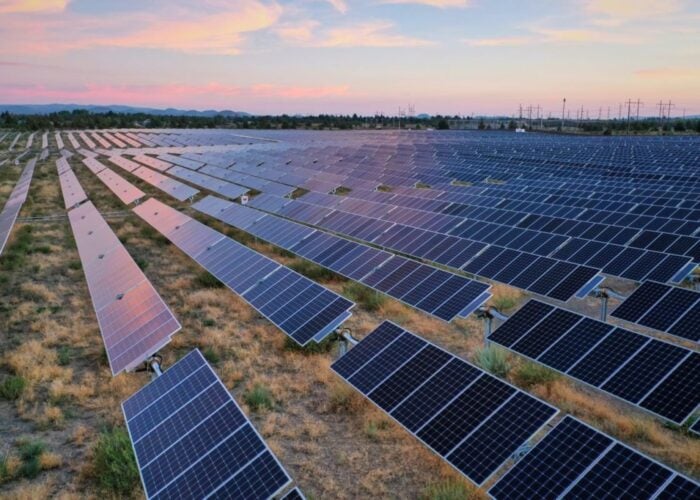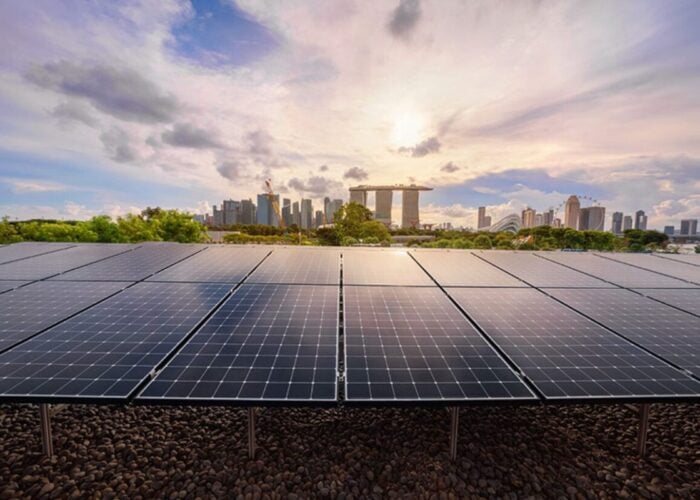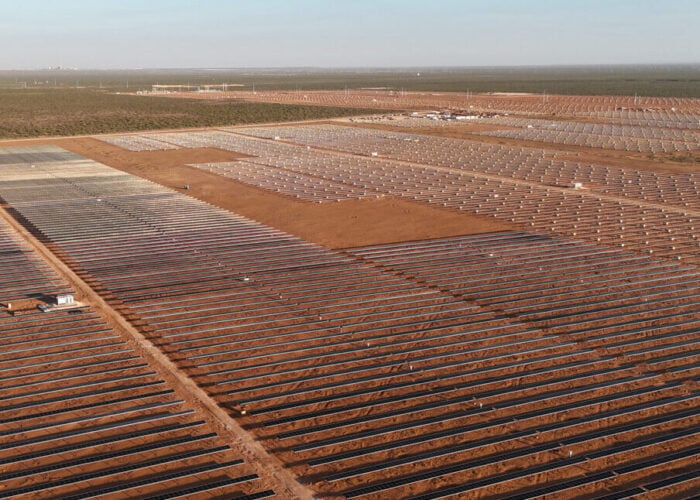SiOnyx has advised that its patented ultrafast laser texturing technology, Black Silicon, has reached 0.3%, absolute, efficiency growth over typical industry baseline solar cells. The company’s 156mm multicrystalline silicon cells, which are manufactured under a partnership with ISC Konstanz, is said to have attained average absolute efficiencies over 17%.
SiOnyx noted that its Black Silicon technology bolsters the efficiency in thinner wafers. Average efficiencies of 16.9% were realized for 150-micron thick multicrystalline cells that were 20% thinner than wafers in current production.
Try Premium for just $1
- Full premium access for the first month at only $1
- Converts to an annual rate after 30 days unless cancelled
- Cancel anytime during the trial period
Premium Benefits
- Expert industry analysis and interviews
- Digital access to PV Tech Power journal
- Exclusive event discounts
Or get the full Premium subscription right away
Or continue reading this article for free
The cells were processed and tested at ISC Konstanz with a standard emitter, screen-printed metal and aluminum back surface field. Black Silicon texturing was completed by utilizing a Coherent Aethon tool with a Talisker picosecond laser.
“These results are further validation of the Black Silicon process and its ability to improve the economics of mainstream solar energy – and the technology is ready now,” commented Stephen Saylor, president and CEO of SiOnyx. “SiOnyx's single-sided texture achieves significantly lower surface reflectance than industry-standard isotexture to improve cell performance. We boost infrared performance, thus making SiOnyx Black Silicon a great complement to existing selective emitter technologies.”
The company further mentioned that its process results led to a definite improvement in process uniformity and cited standard deviations for cell efficiency and current being reduced by a factor of two with its Black Silicon.






